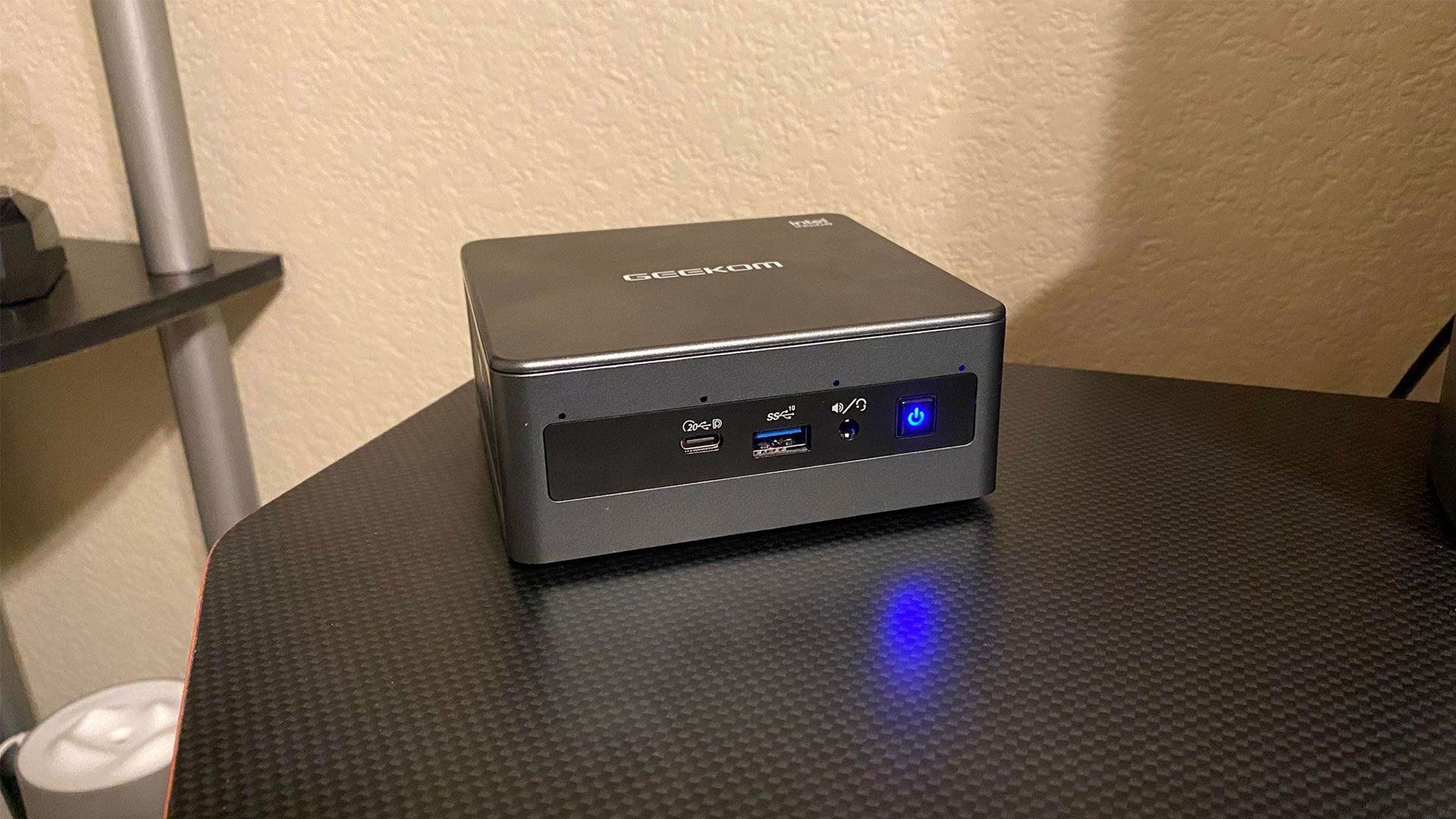On TikTok, YouTube, X, and everywhere, “views” are a meaningless number

Views are the most visible metric on the internet. You can see, in more or less real time, how many views something got on YouTube, Instagram, TikTok, Facebook, and most other video platforms. X tracks views for every single thing you post, as does Threads. A view is the universal currency of success — more views, more fun.
But it’s all nonsense. Views are nothing. Views are lies.
You may not need me to remind you of this. We’ve known for years that view counts are meaningless, to the point that Facebook wound up getting sued for aggressively inflating view counts in an effort to convince people to make Facebook videos. Others have written thoughtfully about how stupid view counts are. But we still talk about view counts, view counts are still everywhere, so let’s talk once again about view counts.
A “view,” in reality, is not a universal metric. It’s not really anything. It is whatever a platform wants it to be, which usually has no actual correlation to whether someone actually encountered and experienced a piece of content. You can just make the views whatever you want! And if you don’t like the way the numbers look, make views something else!
Let’s just run through a few of these, shall we? The simplest ones to understand are the social platforms: Instagram, TikTok, and (as of last week) YouTube Shorts all count a view the second a video starts playing. This is objectively absurd. Every time you scroll, even if you immediately jump to the next video, the platform logs that you watched the video the same as if you’d seen the whole thing. That’s like saying, if you’re in a Best Buy and you walk past a TV playing Pirates of the Caribbean: At World’s End, you’ve now technically seen Pirates of the Caribbean: At World’s End. Congratulations, you’re a pirate.
In a way, though, that ridiculously easy bar to clear is actually a more accurate measure than some others. On Facebook, for instance, a view is defined as “the number of times a reel or video was played, plus the number of times photos or text were on screen.” Since videos autoplay all over the platform, those two metrics are effectively the same thing. The metric is so unhelpful that Facebook actually offers creators two other numbers: three-second video views, also known as “people who pressed play,” and one-minute video views, which is at least slightly closer to “people who actually watched this thing.” Those numbers aren’t public, though, because they’d be much lower.
The view has been the universal Meta metric since last fall, when Facebook combined all its other performance and engagement metrics into just one. For photos, text posts, and Stories, the company wrote in a blog post, “Views are calculated as the number of times they appear on a person’s screen, including repeat views.” That used to be a different metric — your content being presented to someone was known as an “impression,” but they had to interact with it in some way before it became a view. Now it’s just views.
The idea that everything in your feed counts as a view is pernicious, and it’s everywhere
The idea that everything in your feed counts as a view is pernicious, and it’s everywhere. As you scroll on X, every single post on your feed gets a view as it flows up and off your screen. Posts that appear in search results, on someone’s profile page — anything that shows up on the page appears to be considered “viewed.” X’s documentation on post views is sketchy and vague, but its video rules are pretty straightforward: if the video was playing for at least two seconds, and half of the player was in view on your screen, then that counts as a view. All these videos play automatically, so we’re back to the same thing: if it loaded, you viewed it.
The reason so many companies have embraced such stupid metrics is both simple and self-reinforcing. If you’re the platform that counts views in a way that actually reflects reality, your numbers will be lower. Creators might see that, decide your platform doesn’t have the juice, and start posting somewhere they’ll ostensibly get more eyeballs. Advertisers might worry that they’ll be broadcasting to dead air. On the social web, momentum is everything, and sometimes you have to lie about the size of your party to get the first people in the door.
In this way of defining views, the platforms also have all the control. Think about it: you don’t press play to get the video going, and you don’t have to stick around for it to count. Whatever the platform wants to get views, gets views. There is no step two, no intermediary, no actual matching of content and audience. There are just… views.
Even the Hollywood types are being pulled into the vortex of made-up view counts. Netflix once clocked a view only after you’d completed 70 percent of something — which, I should point out, is the closest thing to actually tracking whether you’ve watched something of any metric we’ve discussed so far. Now, it only takes two minutes for Netflix to decide you’ve watched something. Netflix actually picked two minutes because it’s “long enough to indicate the choice was intentional.” First of all, no it’s not. Second, Netflix knows how much you actually watched! It just wants the numbers to be higher — around 35 percent higher than under the previous metric, Netflix admitted.
Ironically, Netflix is one of the few streamers that explains how it calculates views at all; most keep their metrics quiet, so they can say things like “it was a huge hit!” without having to provide any actual information. Even YouTube is cagey about its calculations: it’s generally accepted wisdom that you have to watch 30 seconds of a standard YouTube video for it to count as a view, but if that’s official policy I sure can’t find it anywhere.
It is incredibly obvious, by the way, that all the companies peddling these fake numbers know what they’re doing. If they thought public-facing view counts were legit, they’d offer those same numbers to creators and advertisers. Creators typically get to see non-public data like watch time and actual interactions, but even they are consistently being given less and less to work with. Advertisers, though, have the run of the place: YouTube and other platforms still track impressions separately from views, but only for ads. (YouTube may count every Shorts scroll as a view publicly, but it only pays creators for what it calls “Engaged views.”) Many platforms even tell advertisers how many people watched a quarter, half, three-quarters, or all of a video. The platforms themselves are collecting all this data and more, of course, in an effort to better tune the algorithm. They know the answers! But they’ll never show them to you.
We’ve been doing this whole internet thing for a while now, and it’s pretty clear that just about all the metrics are bad. They’ve turned the internet into a game to be won, a system to be gamed, a race to the biggest numbers even when the numbers don’t mean anything. Maybe we’d all be better off without the numbers, but they’re not going anywhere. So all we can do is remember: “views” are not views. Views are lies.
Source link












